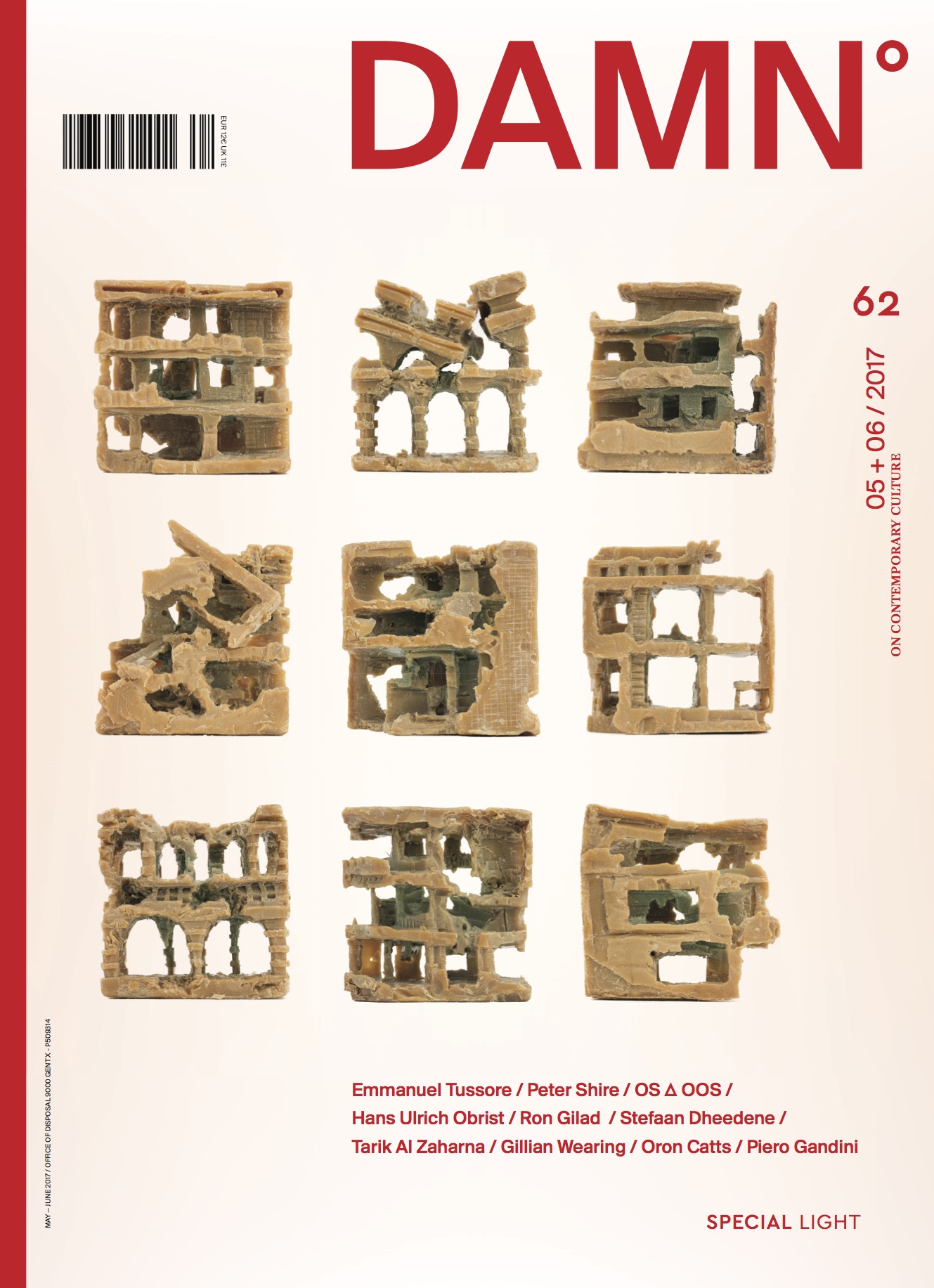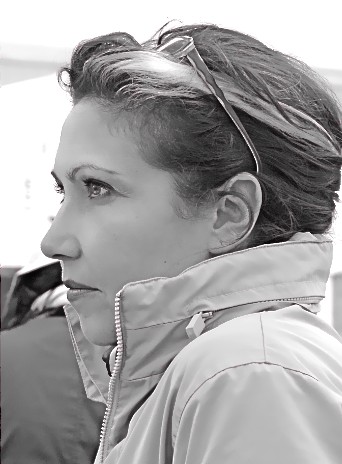In one of his most recent works, Simon Heijdens created an immersive experience of augmented light. Shade is being exhibited in London, having originally been commissioned by the Art Institute of Chicago in 2010, where it later became part of the permanent collection. The work involves responsive glass that filters natural sunlight into a moving kaleidoscope of light and shadow, transfusing the light varyingly throughout the day, along with the changing sunlight. Its choreography is affected by external gusts of wind, as the artist explains: “The cells within the glass turn from opaque to clear, thus allowing or blocking the sunlight. As each triangular cell adjusts its transparency directly to the intensity and speed of the wind, the light and wind together create a moving, dimensional projection of light and shadow into the interior space. As the wind patterns and the quality of light constantly transform throughout the day and the year, the interior space regains the unplanned character of the outdoors.”
Heijdens’s previous light-projection works of living digital organisms, Tree and Lightweeds (site-responsive works from 2004), exhibited and installed in over 50 public spaces, museums, and galleries throughout Europe, the US, the Middle East, and Asia have been defined as a marriage of intricate technology and natural processes. “The contemporary built-environment is increasingly arranged as a globally homogenous, static showroom, and we are left longing for perpetual beauty”, says Heijdens. The intent of his works is to reclaim these values. The Lightweeds installation involved growing a living digital organism on the walls and floors of the interior, causing it to react to the actual nature of its location and reveal the character of the space. The plant silhouettes being projected were alive. “Nature is becoming rare in our daily life”, Heijdens claims. “In regard to the way our urban-ising world is generally built and planned, our everyday surroundings have become perpetual and static through conditioned climates and 24-hour lighting. When unpredictable natural elements such as a lilting breeze, a sudden shower, or a setting sun are taken out of our surroundings, our everyday timeline is lost.”
 With the Thames Nocturne project, Simon Heijdens and Sam Jacob Studio with Studio Dekka, Daisy Froud, Elliott Wood, Jackson Coles, and Professor John Tyrer, were among the six finalists to develop a lighting design for four bridges in London: Westminster, Waterloo, London, and Chelsea, in a competition aiming to create an elegant and charismatic installation that enhances the capital’s status as a low-carbon beacon of cutting-edge technology and engineering. The Thames Nocturne proposal aimed to create a ribbon of lights connecting Chelsea to Wapping, with light volumes choreographed by live data read from the Thames itself, forming an ethereal display that ebbs and flows in relation to the river.
With the Thames Nocturne project, Simon Heijdens and Sam Jacob Studio with Studio Dekka, Daisy Froud, Elliott Wood, Jackson Coles, and Professor John Tyrer, were among the six finalists to develop a lighting design for four bridges in London: Westminster, Waterloo, London, and Chelsea, in a competition aiming to create an elegant and charismatic installation that enhances the capital’s status as a low-carbon beacon of cutting-edge technology and engineering. The Thames Nocturne proposal aimed to create a ribbon of lights connecting Chelsea to Wapping, with light volumes choreographed by live data read from the Thames itself, forming an ethereal display that ebbs and flows in relation to the river.
Shade is at the Victoria & Albert Museum (The Sainsbury Gallery), as part of the REVEAL festival in London, 30 June – 7 July 2017.


Heijdens’s previous light-projection works of living digital organisms, Tree and Lightweeds (site-responsive works from 2004), exhibited and installed in over 50 public spaces, museums, and galleries throughout Europe, the US, the Middle East, and Asia have been defined as a marriage of intricate technology and natural processes. “The contemporary built-environment is increasingly arranged as a globally homogenous, static showroom, and we are left longing for perpetual beauty”, says Heijdens. The intent of his works is to reclaim these values. The Lightweeds installation involved growing a living digital organism on the walls and floors of the interior, causing it to react to the actual nature of its location and reveal the character of the space. The plant silhouettes being projected were alive. “Nature is becoming rare in our daily life”, Heijdens claims. “In regard to the way our urban-ising world is generally built and planned, our everyday surroundings have become perpetual and static through conditioned climates and 24-hour lighting. When unpredictable natural elements such as a lilting breeze, a sudden shower, or a setting sun are taken out of our surroundings, our everyday timeline is lost.”

Shade Sequence
Shade is at the Victoria & Albert Museum (The Sainsbury Gallery), as part of the REVEAL festival in London, 30 June – 7 July 2017.





